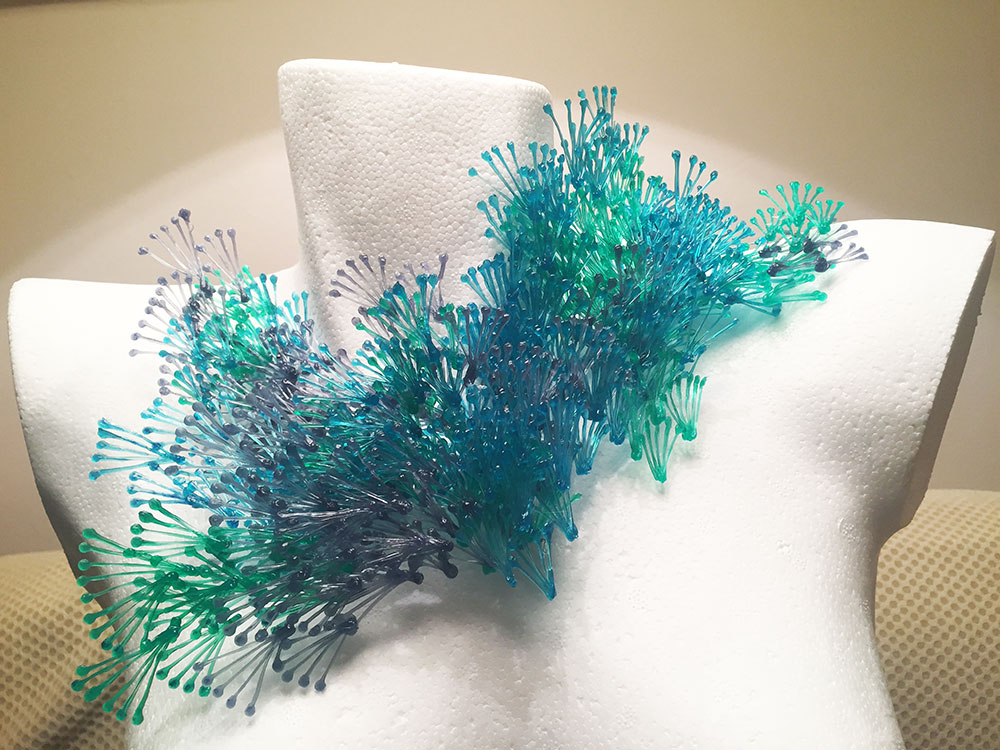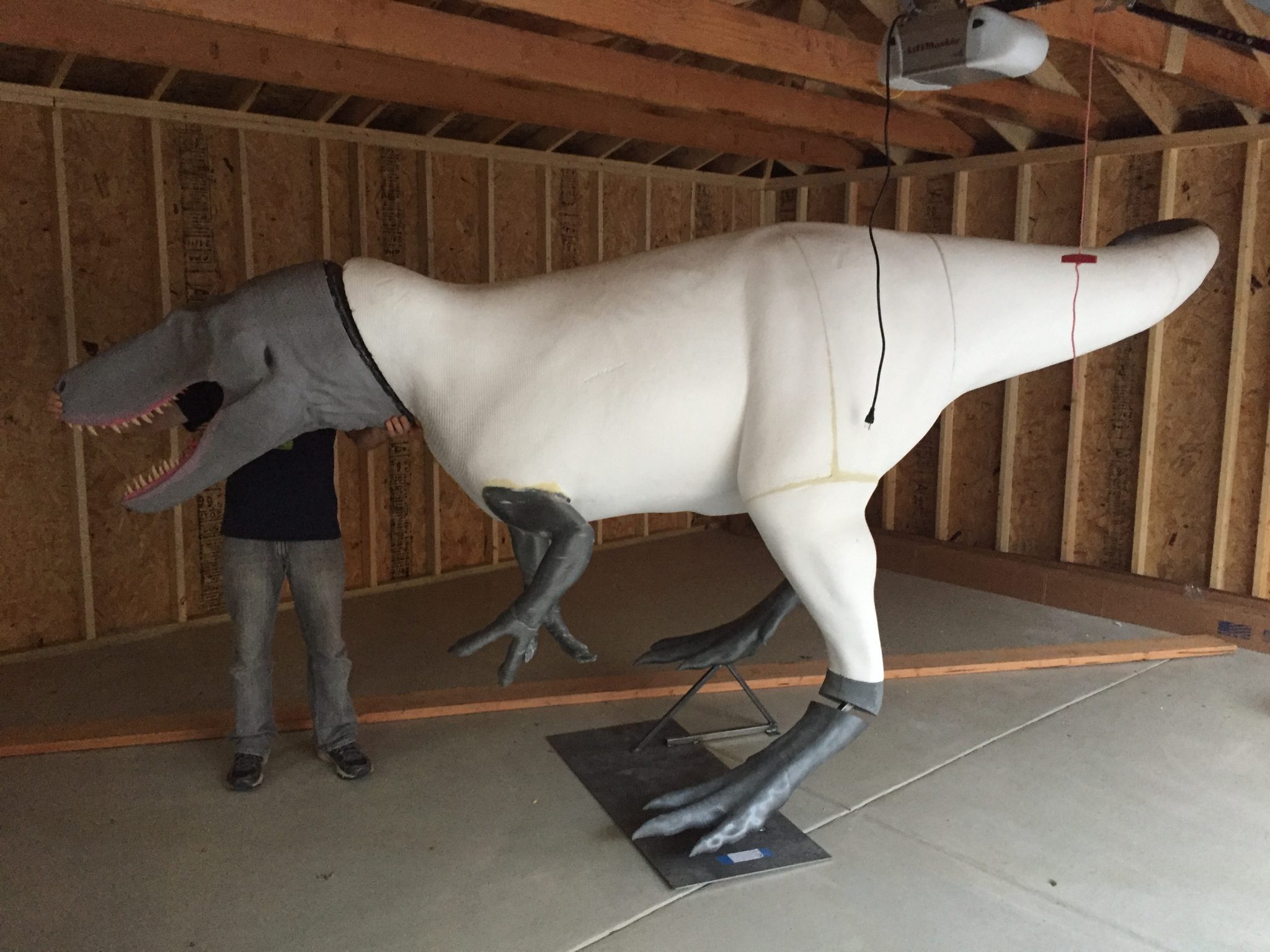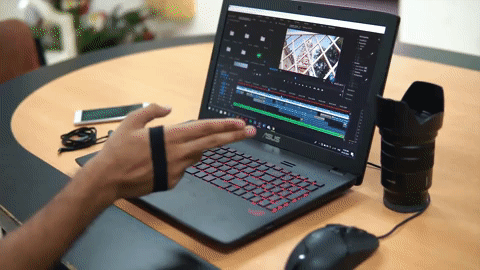Today’s Sliced asks the following questions: What is Verizon doing to bring 3D printing to education? How can 3D printing help detect diseases? And what does the cryptocurrency have to do with 3D printing crowdfunding?
Ripple funds 200 3Doodler projects
Ripple, the company behind the cryptocurrency of the same name, recently donated a total of $29 million to every project on DonorsChoose.org. DonorsChoose.org is a crowdfunding platform for teachers looking to fund classroom projects. The donation fully funded 200 3Doodler projects, bringing 3Doodler 3D printing pens to around 10,000 students.

Multinational telecommunications company Verizon Communications is to invest over $200 million in additional funds towards its Verizon Innovative Learning program. The initiative provides teacher training and STEM curricula to under-resourced schools across the U.S.. The investment will bring 3D printing, as well as machine learning and coding programs, to an additional five million students by 2023.
America Makes is hosting students from the Dwight D. Eisenhower School for National Security and Resource Strategy, Washington, D.C., as part of a week long field trip. America Makes Executive Director Rob Gorham said “The goal is to have mutually beneficial and productive discussions that expand everyone’s understanding of how advanced manufacturing technologies, specifically additive, impact and relate to today’s strategic resource management and national security policy needs.”
3DBear, a Finnish developer behind an educational app for the creation of augmented reality experiences has received $1.5 million in seed funding from LearnStart. The 3DBear AR app introduces students to “the process of art creation, collaboration and citizen participation” through the implementation of AR 3D models.
Sintratec expanding distribution, and Sciaky’s Electron Beam Additive process
Swiss compact SLS 3D printer manufacturer Sintratec has continued to expand its distribution network by adding French 3D printing consultancy Kallisto as an official partner. Kallisto, provides consultation to companies looking to implement or maintain 3D printing equipment and software. Kallisto will now sell the Sintratec Kit and Sintratec S1 desktop 3D printers.
Sciaky Inc., a subsidiary of Phillips Service Industries, Inc., has entered an agreement with Farcco Tecnologia to increase sales efforts of its Electron Beam Additive Manufacturing process. Farcco Tecnologia is a seller of metal 3D printers and CNC machining equipment in Brazil.
Colorado based 3D Printing Store has announced the addition of Carbon M2 printers with Carbon’s proprietary Digital Light Synthesis technology to their flagship brick-and-mortar 3D printing store in Centennial, Colorado. Customers at the store will now have access to 3D printing services using Carbon M2 printers.
Evonik, the world’s largest speciality chemicals company, has turned its temporary project house in Birmingham, AL, into permanent global competence center as of April 1st. The center will help support research and development among medical device manufacturers.
HP’s South Pacific managing director, Robert Mesaros, is to transition to a role in the company’s 3D Printing division for Asia Pacific and Japan. Paul Gracey, HP’s South Pacific region printing system director, will fill the role whilst a permanent replacement is found for Mesaros.
3D printing luxury cars and a life-size dryptosaurus
The winners of Solvay’s Additive Manufacturing Cup competition have been announced. The challenge saw university students around the world 3D printing the Solvay logo with the company’s KetaSpire PEEK filament. The winning teams were from Arts et Métiers ParisTech and Claude Bernard University in France, and Xi’an Jiaotong University in China.
A museum in Libertyville, Illinois, has unveiled a 3D printed life-size flesh model of a Dryptosaurus. Tyler Keillor worked with the Bess Bower Dunn Museum to sculpt a digital model in Zbrush, the STL file was sent to ACME Design, inc. to be CNC machined from styrofoam, with 3D printing used for the hands, feet and tail-tip. Final details were hand finished with a sculptable epoxy putty.

“Kai” is a gesture-driven wearable aimed at the 3D design market, enabling users to manipulate 3D object in physical space. It will allow users to build 3D printable parts. It is the first product of Karnataka, India, based start-up Vicara.

Fab Lab Hub is offering a 3D Printing workshop this weekend in Santa Fe, New Mexico. The introductory workshop will show attendees how to incorporate 3D printing into “fabrication, manufacturing, engineering, prototyping, construction, and design for biotech, microfluidic devices, art, microelectronics and consumer products.” Get more details here.
Hyundai has unveiled an addition to its Genesis luxury vehicle brand. The Genesis Essentia is an electric car featuring 3D printed components, including interior design details printed with carbon fiber. The car was featured last week at the New York International Auto Show.
The NIRI Grips is a 3D printed shock absorbing bicycle grip, developed in collaboration with Sinterit. NIRI, the start-up behind the Grips, say that the aim of the NIRI Grips is to offer personalization, with riders able to customise the grips based on their weight and experience.

3D printing biochips
Researchers at the Advanced Science Research Center at the Graduate Center of the City University of New York, have been working on cost-effective ways to prepare biochips using 3D printing. The researchers used a tightly focused beam of light to force organic reagents to adhere to the surface of a biochip. Biochips are used to analyze biological changes, in a range of medical applications. A paper titled “Massively Multiplexed Tip-Based Photochemical Lithography under Continuous Capillary Flow” provides further information about the process.
Vote for the 3D printing companies of the year in the 2018 3D Printing Industry Awards.
Our 3D Printing Jobs service is now live. Post a job or advance your career in 3D printing now.
Want to be the first with the latest 3D printing news? Subscribe to the 3D Printing Industry newsletter, follow us on Twitter and like us on Facebook.
Featured image shows Hyundai’s new concept car the Genesis Essentia features 3D printed parts. Image via Hyundai.

